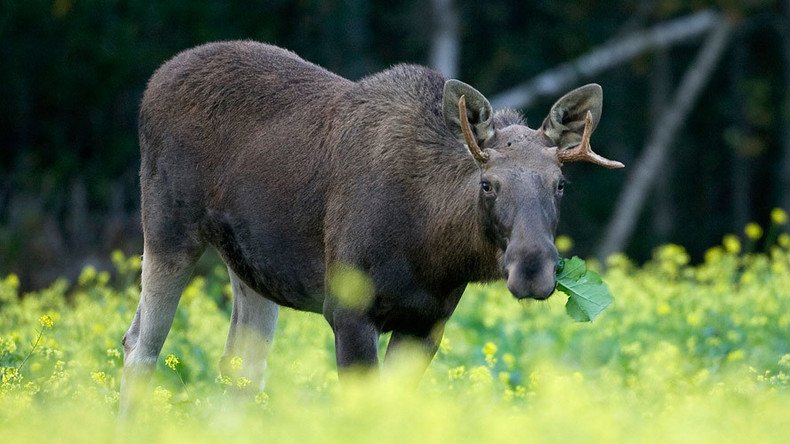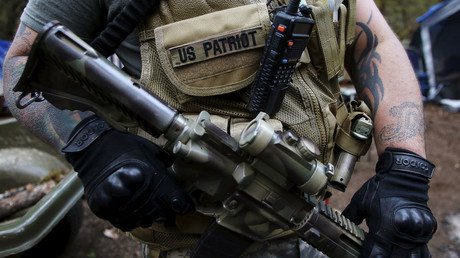Hands off my hovercraft: Moose hunter heads to Supreme Court over federal jurisdiction dispute

A moose hunter has spent years battling the US government over his use of a hovercraft in a national preserve, and now his ordeal has reached the Supreme Court. The case could set an important precedent on how state and federal laws interact.
John Sturgeon’s legal journey began in September 2007, when he went hunting for moose in Charley Rivers National Preserve in eastern Alaska. While his hunting was perfectly legal, his use of a hovercraft was another story.
When he stopped to make repairs on his vehicle, park rangers showed up and informed him that he was breaking the law by operating it within the preserve’s borders.
Since then, the seemingly low-stakes infraction has escalated into an enormous battle over the issues of state sovereignty and federal overreach, and it has finally reached the Supreme Court.
“I never thought, I never dreamed, that I’d because of that incident I’d be standing in front of the U.S. Supreme Court, the highest court in the land, and a moose hunter going to the Supreme Court in Washington, DC, is actually pretty incredible,” Sturgeon said, according to Alaska Public Media.
From the state’s point of view, Sturgeon’s use of his 10-foot-long hovercraft is permissible, but the National Park Service disagrees. The nation’s highest court will decide whether it’s the federal government or individual states that have the authority over the rivers within national preserves.
The point of legal contention comes down to a single part within the 1980 Alaska National Interest Lands Conservation Act, which created Alaska’s numerous national parks and preserves. Section 130-C states that nonfederal lands within a park or preserve aren’t subject to laws meant for the surrounding lands.
“There’s language for example that mandate that motorized boats are allowed, that snowmachine access, that hunting is allowed, that subsistence is going to be encouraged,” Sturgeon said, according to Alaska Public Media.
While his case still hangs in the balance, Sturgeon has won a clear victory in the court of public opinion. Ordinary people who commiserated with the hunter have donated a total of $220,000 to assist Sturgeon, who is the former chief forester of Alaska, in his legal quest. Some of his supporters even made a tribute video for him.
READ MORE: Oregon standoff as seen by Bundy militia, local authorities, and tribal head (EXCLUSIVE)
The Supreme Court case comes amid an ongoing standoff in Oregon between the Bureau of Land Management and armed protesters who argue that the federal government has too much control of land in the American West. These concerns resonate particularly well in Alaska, since 60 percent of the state’s land is under federal control.
Sturgeon’s hearing is scheduled for Wednesday in Washington, DC.













